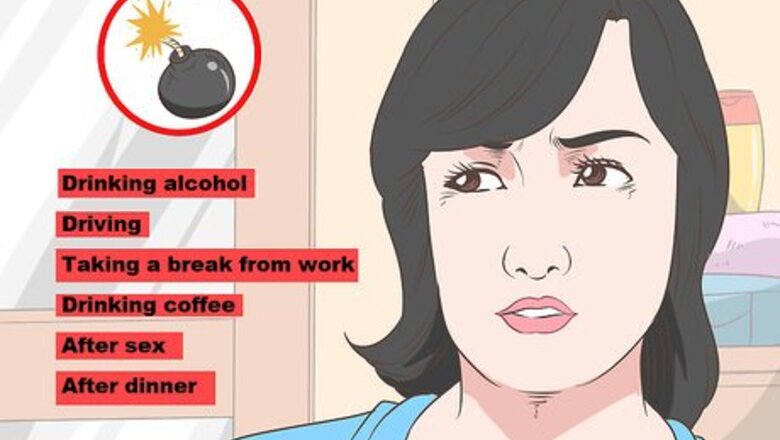
views
Understanding What Triggers Your Cravings
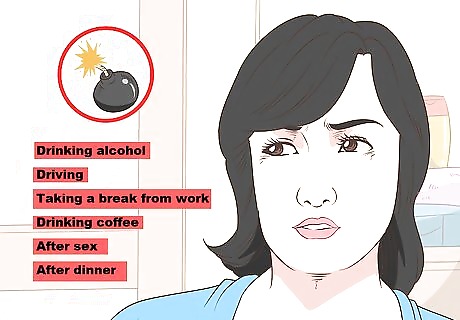
Recognize your pattern triggers. Smokers unconsciously associate each cigarette with another activity. Think about what activities cause you to grab a cigarette. You can’t avoid all of them, but understanding what they are will empower you to not act on them. These are some typical trigger situations: Drinking alcohol Driving Taking a break from work Drinking coffee After sex After dinner During stressful situations
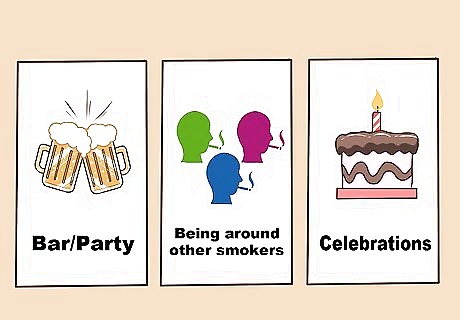
Recognize your social triggers. Just like with pattern triggers, smokers unconsciously associate each cigarette with various social activities. Unlike pattern triggers, many social triggers can simply be avoided, especially during the early stages of trying to quit. These are some typical social situations that can trigger a craving: Going to a bar or a party Being around other smokers Celebrations Breaks at work
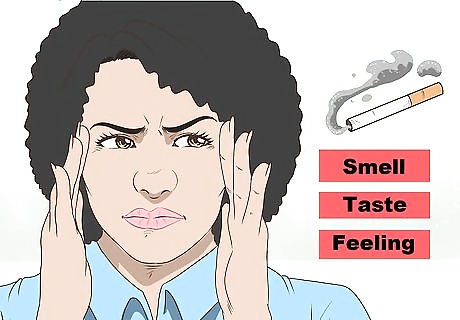
Recognize nicotine withdrawal symptoms. Nicotine is a physically-addictive substance, and your body is used to regular doses of it. The longer you’ve smoked, the more pronounced any withdrawal symptoms will be. Some things that might trigger anxiety, irritability, and nervousness while quitting: Missing the smell of cigarettes Smelling cigarettes and wanting to smoke Missing the taste of cigarettes Missing the feel of a cigarette in your hand or mouth
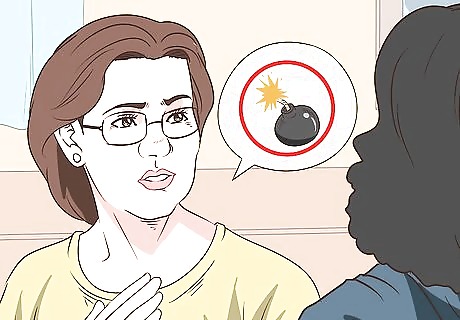
Recognize and respond to emotional and psychological triggers. Everything from stress to boredom to satisfaction can make you light up. Once you understand your personal triggers, you can address them as they occur. Discussing them with a friend or loved one can go a long way towards eliminating them as a trigger.
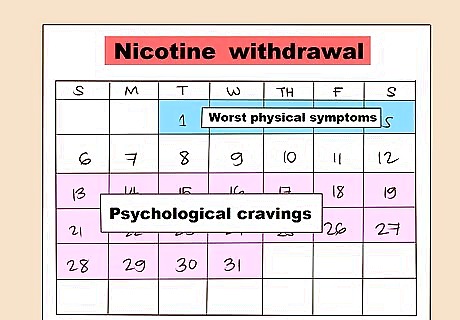
Understand that cravings are temporary. The worst physical symptoms of nicotine withdrawal only last a few days. The psychological cravings last a few weeks, and sometimes longer, but inevitably get better with time. Remind yourself often that any anxiety you may be experiencing is not permanent, and is simply a part of the transition to a smoke-free life.
Preventing Cravings
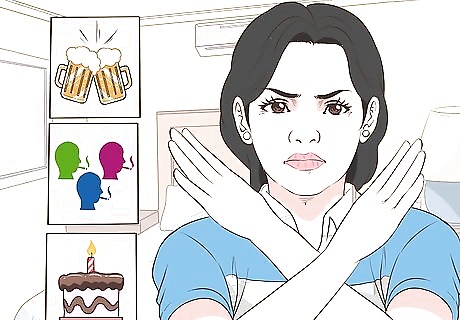
Avoid your social triggers. We’ve discussed some social situations that commonly cause cravings. Think of ways to avoid or change those situations. You may need to temporarily change your social habits.
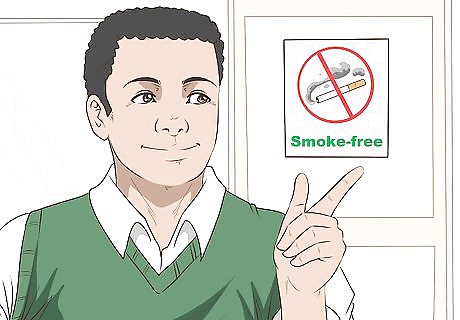
Visit smoke-free places. The less time you spend in smoker-friendly situations, the less likely you are to have a craving. Depending on where you live, smoking may still be allowed in many public places, but here are some ideas for locations that typically don’t allow cigarettes: Movie theaters Museums Libraries Shopping malls
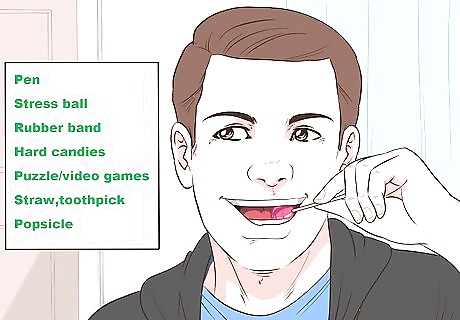
Distract yourself with new activities. Your body is used to specific actions involving cigarettes. When you quit smoking, you eliminate the regular feel of a cigarette in your mouth and hands, the actual lighting of cigarettes and using an ashtray. Substituting new activities in their place will help to eliminate cravings. Try one or more of the following tricks: Hold a pen, a stress ball or a rubber band Chew gum Suck on lollipops or hard candies Knit, do a puzzle or play video games Hold a straw, a toothpick or a popsicle stick in your mouth
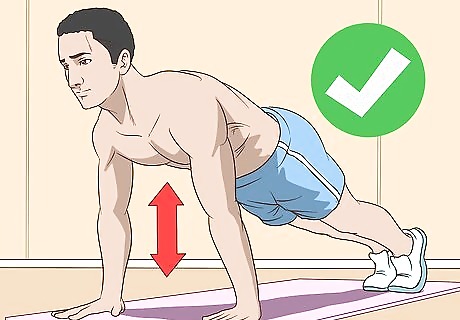
Get some exercise. Physical activity not only distracts your mind, it begins the process of healing your body and may actually prevent some of the physical withdrawal symptoms.
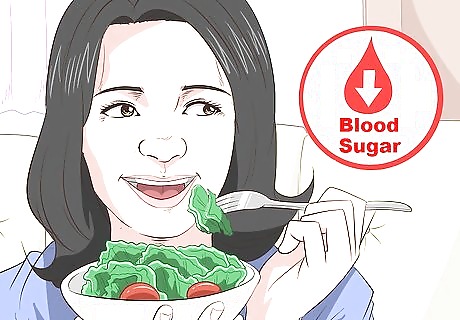
Change your eating habits. Have several small meals during the day rather than a couple of big meals. Controlling blood sugar levels in this way maintains your energy and helps to curb urges to smoke.
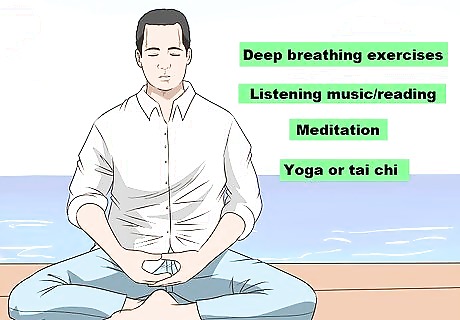
Find a way to relax. The physical and psychological withdrawal symptoms caused by quitting smoking can lead to increased anxiety and stress. Try one of these activities: Yoga or tai chi Deep breathing exercises Listening to music or reading Meditation
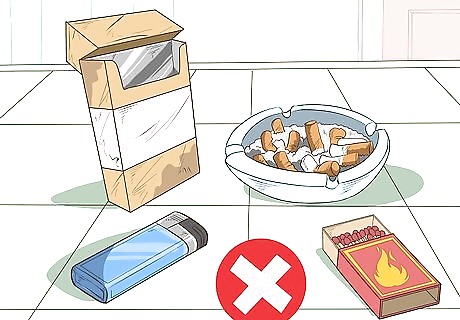
Remove any tangible triggers from your home. Throw away any hidden packs of cigarettes and get rid of all ashtrays.
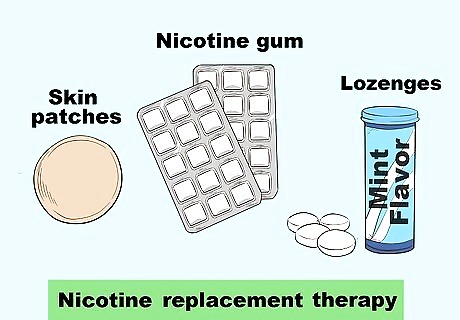
Try nicotine replacement therapy. Nicotine patches, lozenges and gum all help to alleviate the physical withdrawal symptoms of nicotine, which in turn calm your psychological cravings.
Undergo Habit Reversal (HR) therapy. HR therapy can help reduce repetitive behaviors and urges. A therapist can teach you how to distract yourself during cravings, respond to stressful situations without smoking, and cope when cravings do occur. Talk to a mental health professional to see if HR is right for you.
Handling Cravings As They Occur
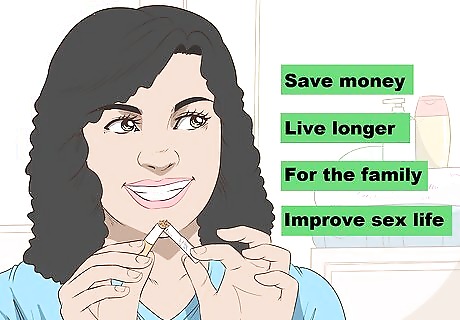
Remind yourself why you want to quit. Outline the reasons you need to quit smoking, including your health and the health of those around you.
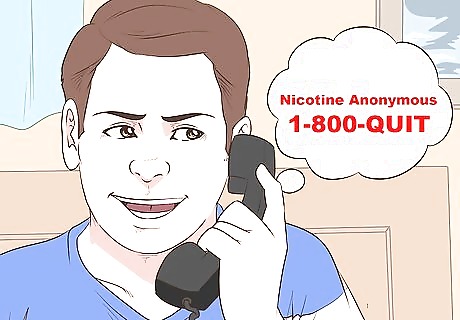
Don’t try to handle cravings alone. Use your entire support network, from your doctor to your family. Use an app on your phone, or call Nicotine Anonymous at 1-800-QUIT NOW.
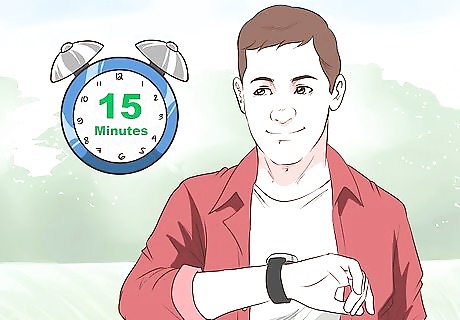
Let cravings pass. If you start craving a cigarette, convince yourself to wait for 10 or 15 minutes before making that decision. In the interim, the craving may pass, allowing you to make a more rational choice. In the meantime, begin an activity that will occupy your time. Try chewing on nicotine gum or using a patch to help curb your cravings.
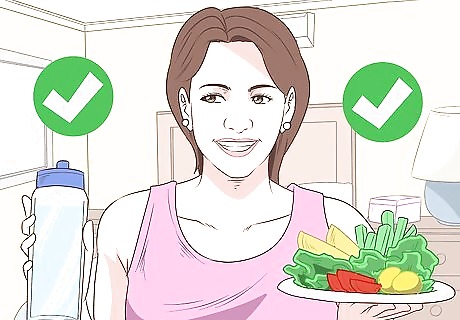
Substitute a healthy snack when you crave a cigarette. Have an apple, a carrot or even a bottle of water instead of a cigarette. It’s good for you and occupies your mouth and hands until the urge passes.

Do something else—anything! When a craving occurs, it’s best not to simply dwell on how you need to avoid giving in to it. Instead, simply find something else to do. Think of new things to do for the five minutes or so that each cigarette used to occupy. Breaking up your old routine will help you stay smoke-free, too.










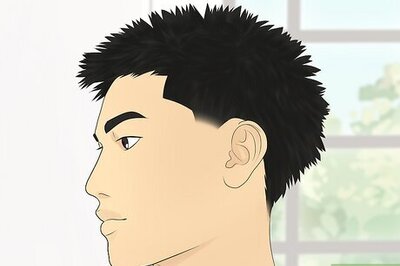
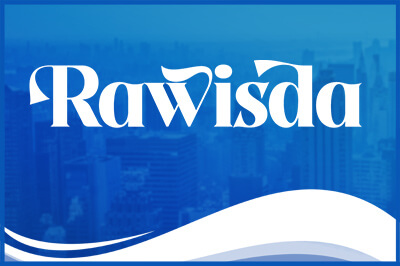

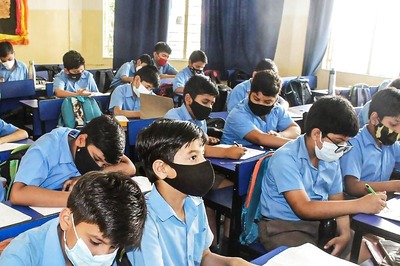





Comments
0 comment